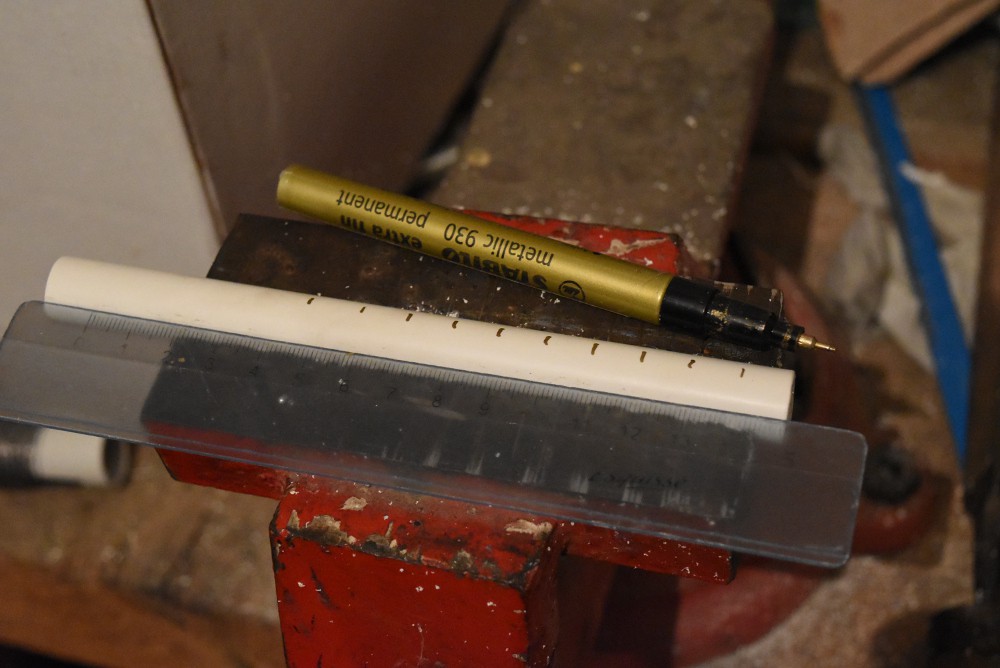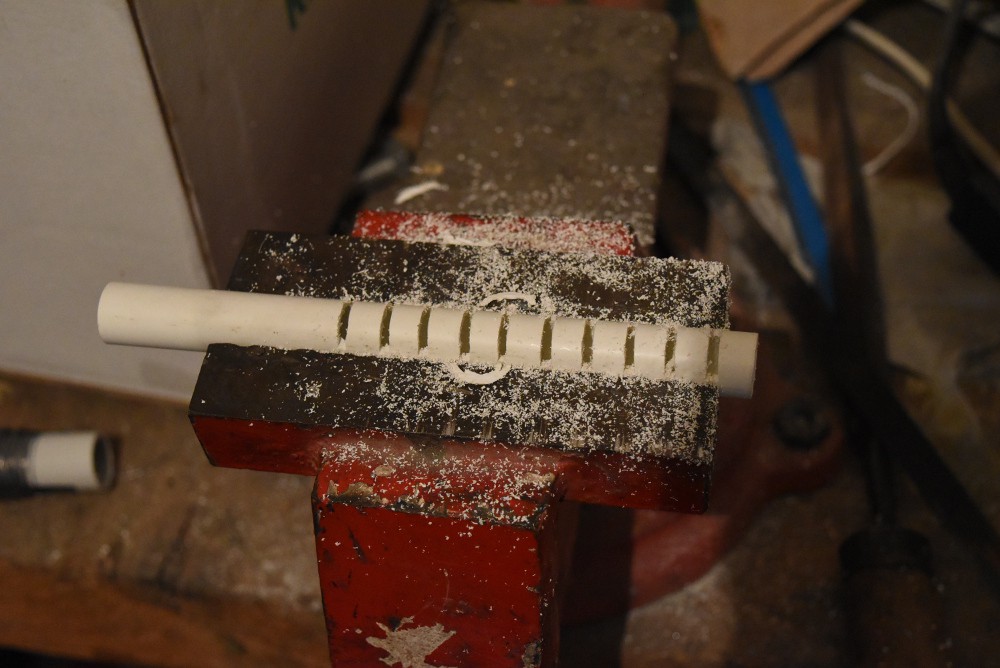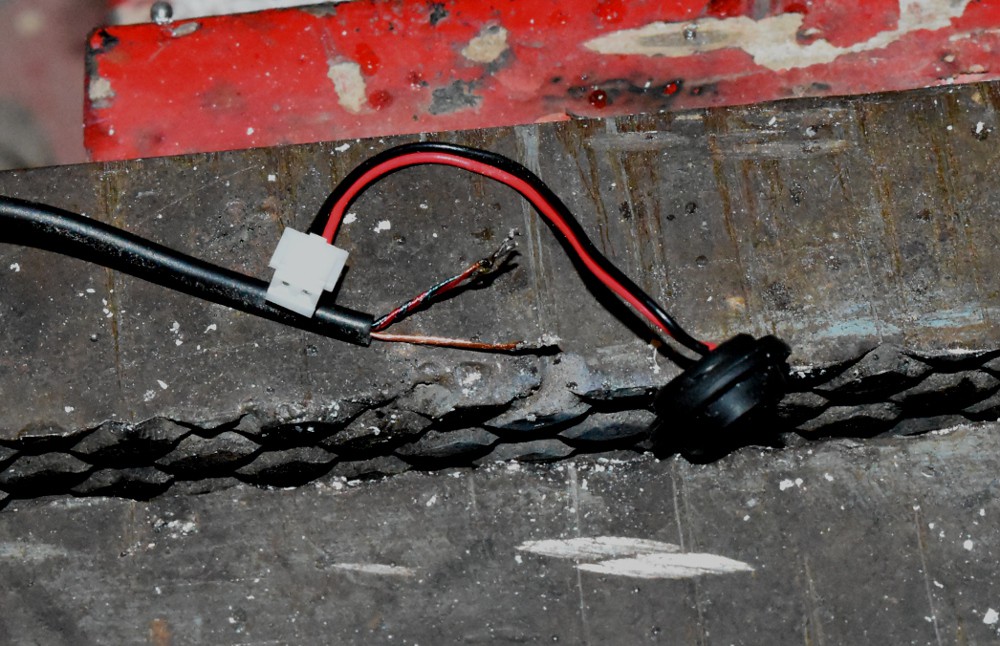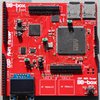What and why ?
I wanted a directional mic. The most simple solutions are : directional electret mic, parabolic mic and interference tube mic.
Since I only have an omnidirectional electret mic and wanted something as compact as possible, I went for the interference tube solution.
How it works.
An interference tube is a tube with the mic placed in one end, facing the other, wich is open. From the open end, to the front of the mic, there is slots regularily spaced. These slots let the side and rear sound waves propagate in the tube. But inside, the waves have different path lengths from the slot they entred by to the mic. The result is that the waves cancel themselves.
The side frequencies that are filtered depend directly of the sloted part length.
f = 340 / length (length is in meters)
Interfacing the microphone to the camera.
The camera has a 3.5mm jack input. The internal circuitry is capable of driving standard electret mic. There is nothing special to do, it's perfect for me.
I simply soldered an old earphones cable on the electret mic and the plug goes to the camera. It works like a charm.
 Muphins
Muphins




Thank you... Glad I Googled DIY DSLR mic.. The RODE and Schneiders look great $$$$$ but I can't wait to build my own.. Hmm I know there is an old stripped Canon Video Camera in the loft..... thank God !